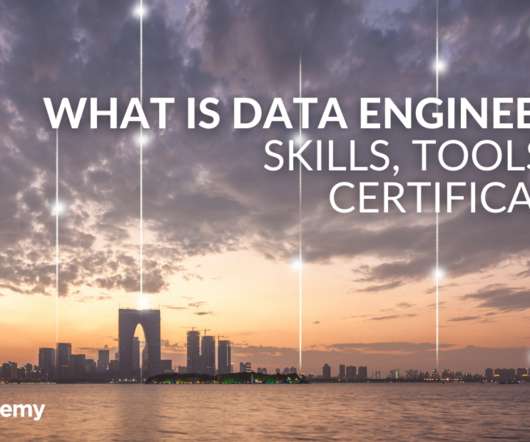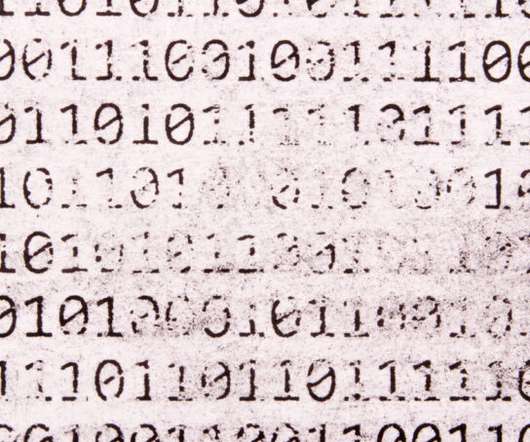10 Best Big Data Books in 2024 [Beginners and Advanced]
Knowledge Hut
DECEMBER 26, 2023
Relational and non-relational databases, such as RDBMS, NoSQL, and NewSQL databases. Learn about the fundamental APIs of Spark: DataFrames, SQL, and Datasets using practical examples Explore Spark's low-level APIs, RDDs, and SQL and DataFrame execution. Learn how Spark functions on a cluster.













Let's personalize your content